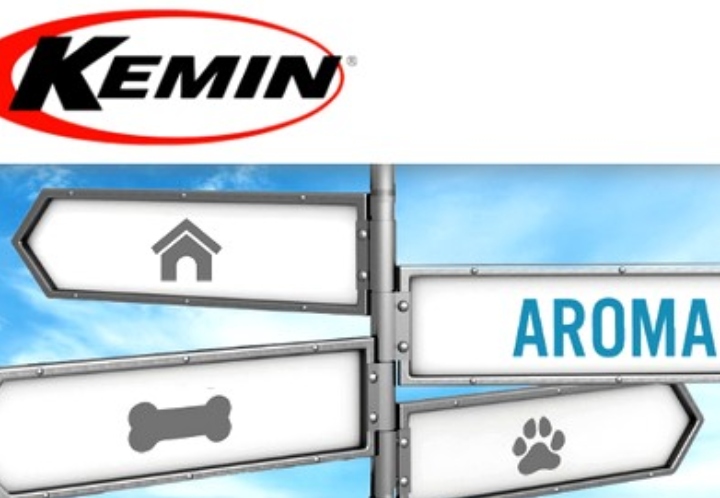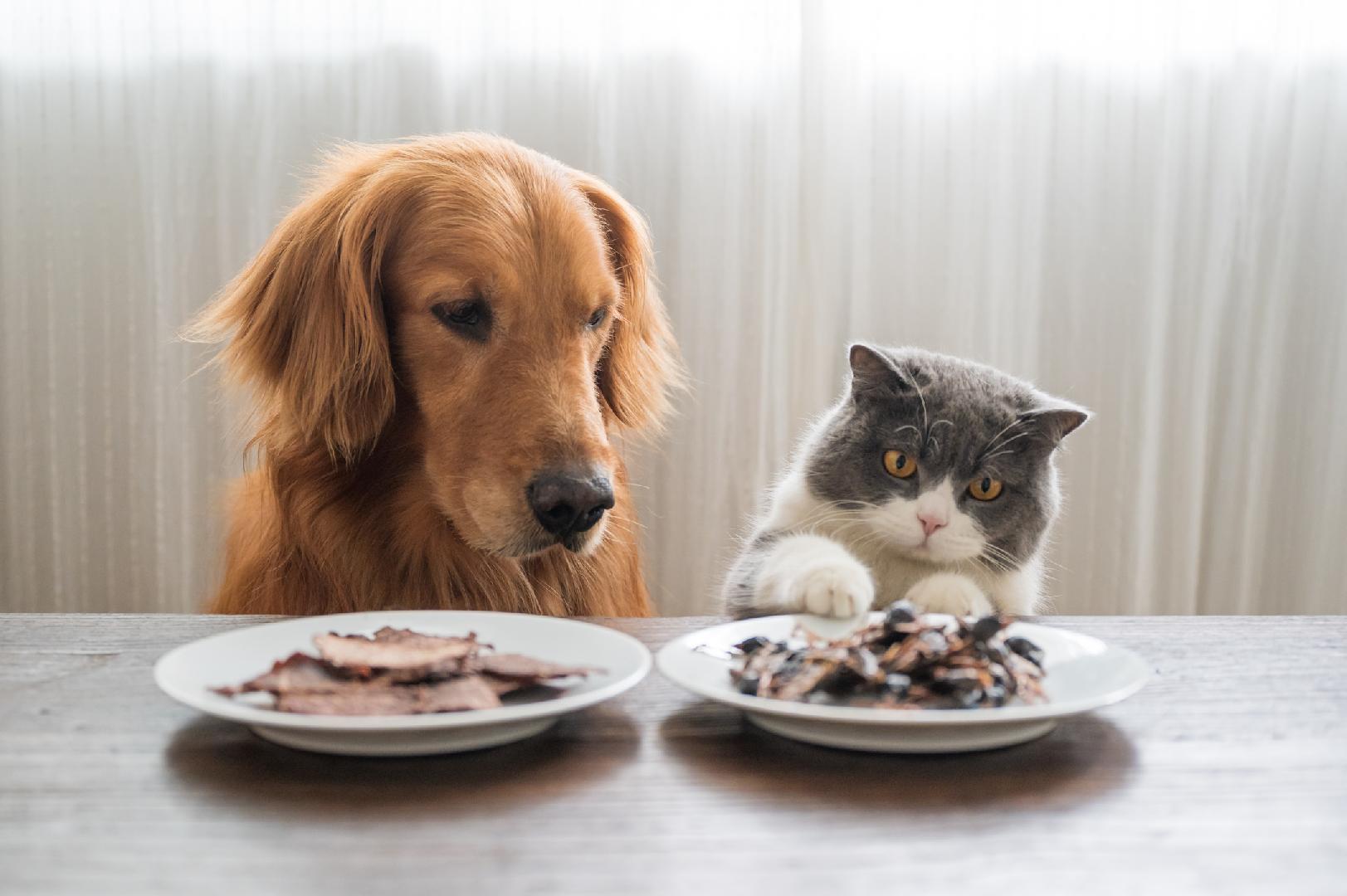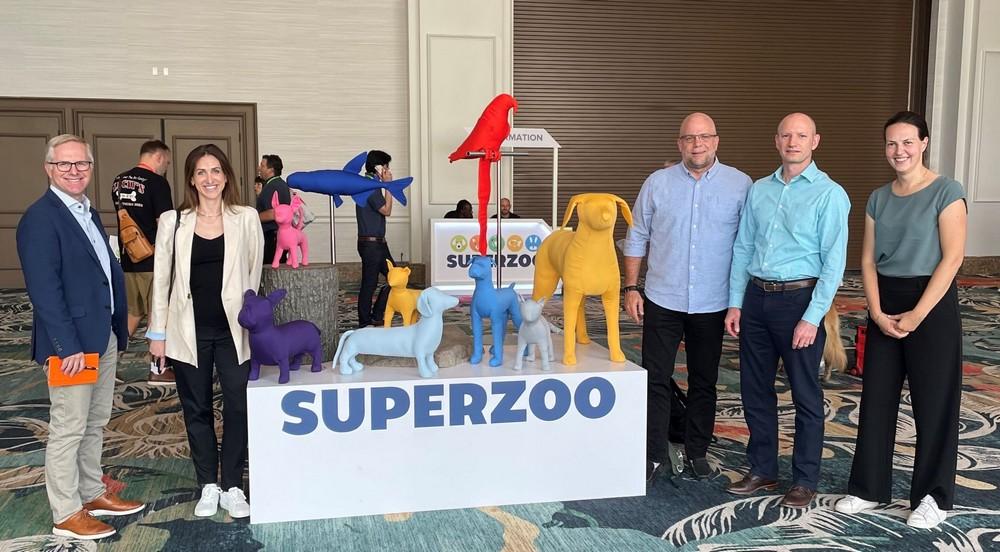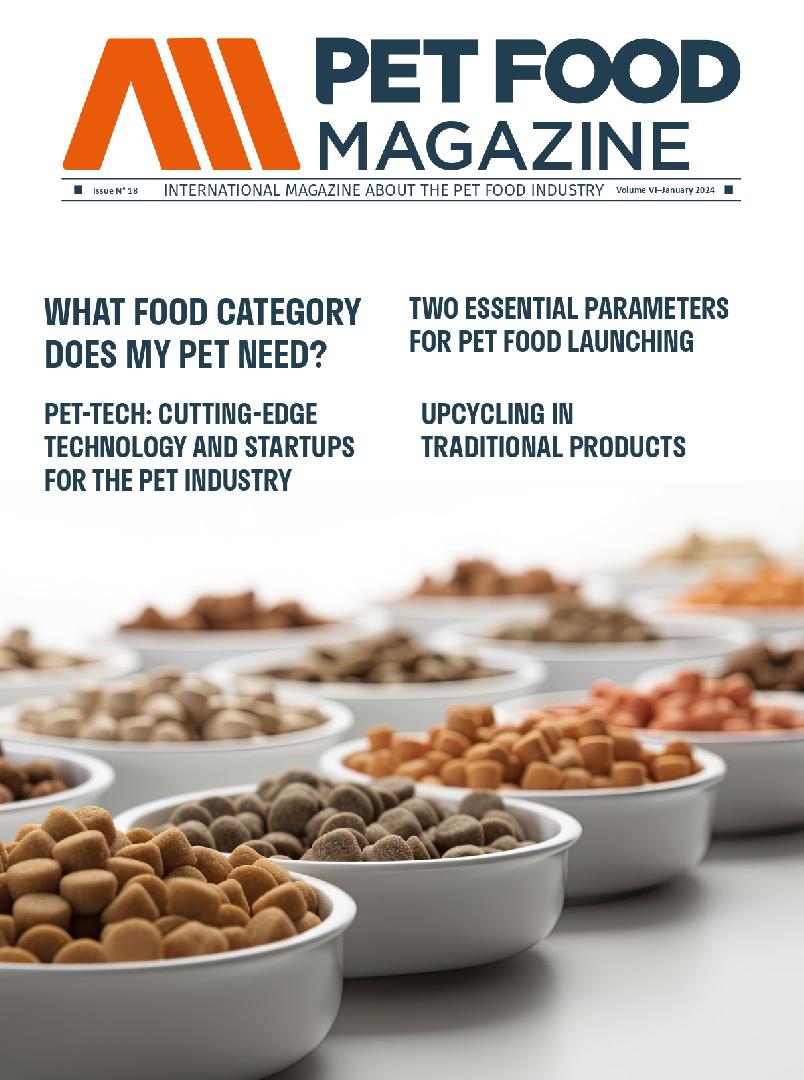If a pet won't eat its food, that's the end of the story. It doesn't matter if the nutrition is balanced, the price is right, or the packaging and marketing claims are attractive enough to secure a first purchase.
Unlike humans, pets do not talk. They cannot 'describe' why they like food A but not food B, or vice versa. Therefore, pet owners look for pets' behavioral signals of accepting or rejecting the foods.
First Choice observation
In pets, olfaction (sense of smell) is believed to play a key role in sensory experience and petfood preference. To monitor how pets respond to food aroma specifically, 'first choice' is observed: The food first approached and consumed by the animal. First choice is a direct assessment of how much an animal is attracted by one aroma over another by smelling both rations of foods.1 As first choice measurements are typically averaged as proportion of total choices, statistical analysis can be used to assess the correlations between first choice and intake ratio.
Figure 1 demonstrates a strong correlation of first choice and mean intake ratio from over 300 palatability trials (both canine and feline) conducted by Kemin through third-party kennel facilities. 2 This indicates that if pets find the food aroma enticing, they are very likely to eat more of that food. In other words, a winning palatant should be designed to improve the aroma profile of pet foods, as a start.
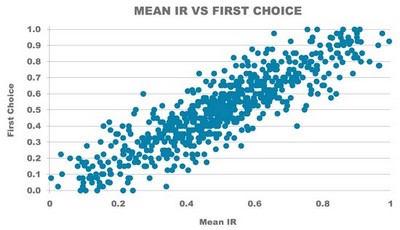
Developing aroma profiles
The Maillard reaction, as a type of non-enzymatic browning, plays a major role in developing characteristic aromas of many food products under high temperatures, such as roasted meat, toasted marshmallow, baked bread, chocolate, etc. Domesticated pets, particularly dogs, have engaged their olfactory senses to seek those types of aromas since they joined humans around campfires. Nowadays, the influence of the Maillard reaction is ubiquitous in pet food matrix flavor development. It is also the key mechanism to develop the savory, meaty, robust aroma profiles of palatants.
The aroma portion of palatants or pet foods typically consist of hundreds of volatile compounds, with many potent odorants present in extremely low concentrations. Even the modern chromatographic methods such as gas chromatography (GC) coupled with non-specific detectors (e.g. FID), or fast GC-based electronic nose technology are challenged by the limited separation resolution and lack of identification specificity when applied to the analysis of complex flavor matrices like palatants or pet food.
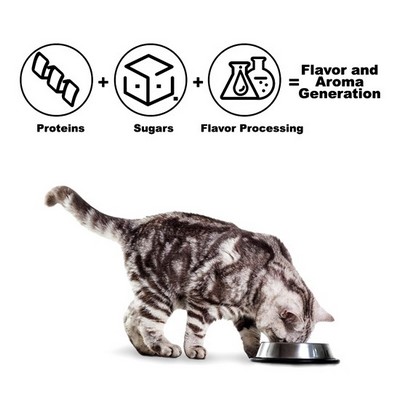
Understanding the chemistry of Maillard technology is vital, as is the ability to translate this knowledge into new formulations. The Palatant R&D team of Nutrisurance investigates palatability at the molecular level and develops proprietary Maillard techniques to obtain desirable reaction flavor profiles that are more appealing to cats and dogs. By understanding palatability as aroma chemists, we are continuously seeking more sustainable, versatile and effective ways to deliver high-performance PALASURANCE® palatability enhancers for pet food manufacturers.
By Kemin
You could be interested: Palatability: the importance of producing palatable food









